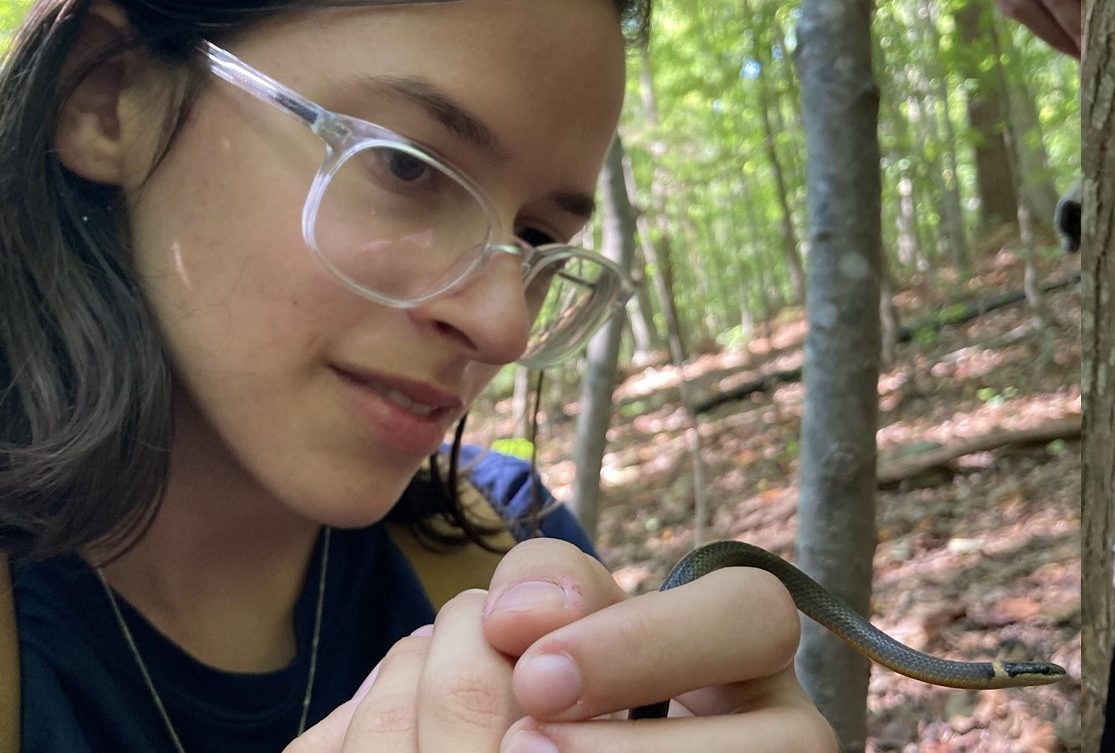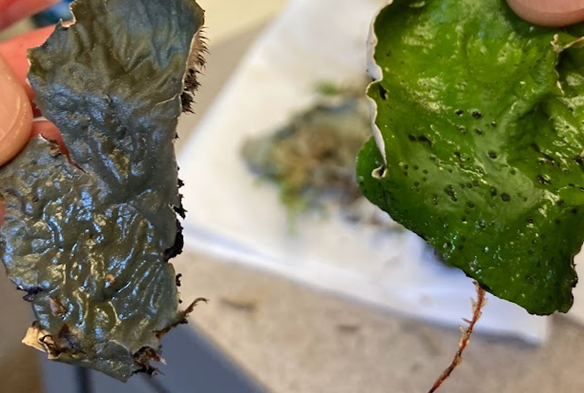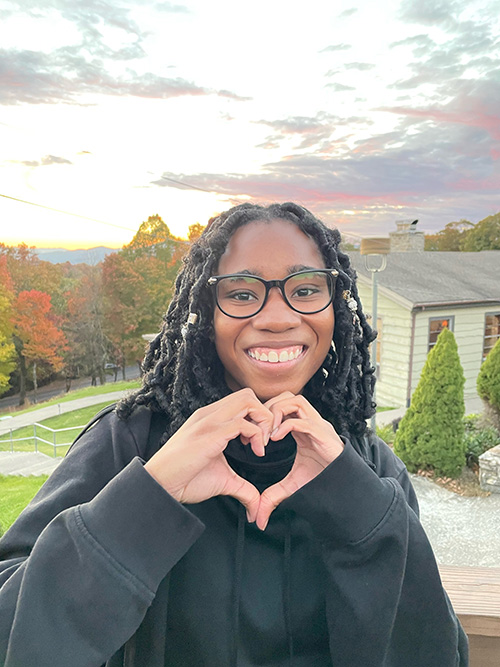When it comes to balancing the needs of humans and the needs of nature, “Historically it was ‘develop or conserve’ or ‘develop or restore,’” says Carter Smith, Ph.D., a Lecturing Fellow in the Division of Marine Science & Conservation who researches coastal restoration.
However, according to Brian Silliman, Ph.D., Rachel Carson Distinguished Professor of Marine Conservation Biology, “We are having a new paradigm shift where it’s not just… ‘nature over here’ and ‘humans over here.’”
Instead, conservation initiatives are increasingly focusing on coexistence with nature and ecological resilience, according to this panel discussion of marine science experts during Duke Research and Innovation Week 2023.
Nature-based solutions — protecting and restoring natural shoreline habitats — have a proven role in protecting and restoring coastal ecosystems. According to the International Union for Conservation of Nature (IUCN), “Nature-based solutions… address societal challenges effectively and adaptively, simultaneously benefiting people and nature.”
The panel, moderated by Andrew J. Read, Ph.D., Stephen A. Toth Distinguished Professor of Marine Biology and Professor of Marine Conservation Biology, also included Brian Silliman, Carter Smith, and Stephanie Valdez, a Ph.D. Student in Marine Science & Conservation.
According to Smith, nature-based solutions can “leverage nature and the power of healthy ecosystems to protect people” while also preserving biodiversity and mitigating climate change. She spoke about living shorelines as an effective and ecologically responsible way to protect coastal ecosystems.
“The traditional paradigm in coastal protection is that you build some kind of hard, fixed structure” like a seawall, Smith said, but conventional seawalls can have negative effects on biodiversity, habitats, nutrient cycling, and the environment at large. “In this case, coastal protection and biodiversity really are at odds.”
After multiple hurricanes, living shorelines had significantly less visible damage or erosion than sites with conventional hardscape protection, like seawalls.
Nicholas Lecturing Fellow Carter Smith
That’s where living shorelines come in. Living shorelines incorporate plants and natural materials like sand and rock to stabilize coastal areas and protect them from storms while also creating more natural habitats and minimizing environmental destruction. But “if these structures are actually going to replace conventional infrastructure,” Smith says, it’s important to show that they’re effective.
Smith and colleagues have studied how living shorelines fared during multiple hurricanes and have found that living shorelines had significantly less “visible damage or erosion” compared to sites with conventional storm protection infrastructure.
After Hurricane Matthew in 2016, for instance, both natural marshes and conventional infrastructure (like seawalls) lost elevation due to the storm. Living shorelines, on the other hand, experienced almost no change in elevation.
Smith is also investigating how living shorelines may support “community and psychosocial resilience” along with their benefits to biodiversity and climate. She envisions future community fishing days or birdwatching trips to bring people together, encourage environmental education, and foster a sense of place.
PhD student Stephanie Valdez then spoke about the importance of coastal ecosystems.
“Blue carbon ecosystems,” which include sea grasses, marshes, and mangroves, provide services like stabilizing sediments, reducing the destructive force of powerful waves, and storing carbon, she said. These ecosystems can bury carbon much faster than terrestrial ecosystems, which has important implications when it comes to climate change.
In the atmosphere, carbon dioxide and other greenhouse gasses contribute to global warming, but plants pull carbon dioxide out of the air during photosynthesis and convert it to carbohydrates, releasing oxygen as a byproduct. Therefore, ecosystems rich in fast-growing plants can serve as carbon sinks, reducing the amount of atmospheric carbon, Valdez explained.
Unfortunately, blue carbon ecosystems have suffered significant loss from human activities and development. We’ve replaced these wild areas with farms and buildings, polluted them with toxins and waste, and decimated habitats that so many other creatures rely on. But given the chance, these places can sometimes grow back. Valdez discussed a 2013 study which found that seagrass restoration led to a significantly higher carbon burial rate within just a few years.
Sea grasses, marshes, and mangroves provide services like stabilizing sediments, reducing the destructive force of powerful waves, and storing carbon.
PhD Student Stephanie Valde
Valdez also talked about the importance of recognizing and encouraging natural ecological partnerships within and between species. Humans have taken advantage of such partnerships before, she says. Consider the “Three Sisters:” beans, corn, and squash, which Native Americans planted close proximity so the three crops would benefit each other. Large squash leaves could provide shade to young seedlings, beans added nitrogen to the soil, and cornstalks served as a natural beanpole.
Recognizing that mutualistic relationships exist in natural ecosystems can help us preserve habitats like salt marshes. Valdez points to studies showing that the presence of oysters and clams can positively impact seagrasses and marshes. In restoration, it’s important “that we’re not focusing on one species alone but looking at the ecosystem as a whole”—from top predators to “foundation species.”
“There is hope for successful restoration of these vital ecosystems and their potential to aid in climate change mitigation,” Valdez said.
Finally, Prof. Brian Silliman discussed the role of predators in wider ecosystem restoration projects. Prioritizing the protection, restoration, and sometimes reintroduction of top predators isn’t always popular, but Silliman says predators play important roles in ecosystems around the world.
“One of the best examples we have of top predators facilitating ecosystems and climate change mitigation are tiger sharks in Australia,” he says. When the sharks are around, sea turtles eat fewer aquatic plants. “Not because [the sharks] eat a lot of sea turtles but because they scare them toward the shoreline,” reducing herbivory.
However, Silliman said it’s unclear sometimes whether the existence of a predator is actually responsible for a given benefit. Other times, though, experiments provide evidence that predators really are making a difference. Silliman referenced a study showing that sea otters can help protect plants, like seagrasses, in their habitats.
Restoring or reintroducing top predators in their natural habitats can help stabilize ecosystems impacted by climate change and other stressors.
And crucially, “Predators increase stress resistance.” When physical stressors reach a certain point in a given ecosystem, wildlife can rapidly decline. But wildlife that’s used to coexisting with a top predator may have a higher stress threshold. In our ever-changing world, the ability to adapt is as important as ever.
“I think there is great optimism and opportunity here,” Silliman says. The other speakers agree. “Right now,” Valdez says, “as far as restoration and protection goes, we are at the very beginnings. We’re just at the forefront of figuring out how to restore feasibly and at a level of success that makes it worth our time.”
Restoring or reintroducing top predators in their natural habitats can help stabilize ecosystems impacted by climate change and other stressors.
Brian Silliman
Smith emphasized the important role that nature-based solutions can play. Even in areas where we aren’t achieving the “full benefit of conserving or restoring a habitat,” we can still get “some benefit in areas where if we don’t use nature-based solutions,” conservation and restoration might not take place at all.
According to Valdez, “Previously we would see restoration or… conservation really at odds with academia itself as well as the community as a whole.” But we’re reaching a point where “People know what restoration is. People know what these habitats are. And I feel like twenty or thirty years ago that was not the case.” She sees “a lot of hope in what we are doing, a lot of hope in what is coming.”
“There’s so much that we can learn from nature… and these processes and functions that have evolved over millions and millions of years,” Smith adds. “The more we can learn to coexist and to integrate our society with thriving ecosystems, the better it will be for everyone.”

Post by Sophie Cox, Class of 2025





 By Victoria Wilson, Class of 2023
By Victoria Wilson, Class of 2023










































